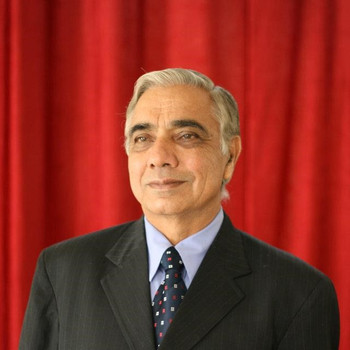How do cellular respiration and breathing differ?
1 Answer
Breathing involves inhale of oxygen from the atmosphere into the lungs and exhale of carbon dioxide from the lungs into the atmosphere ; whereas cellular respiration involves breakdown of glucose into carbon dioxide and water in living cells, releasing energy.
During breathing, termed as external respiration, air from the atmosphere enters into the lungs. Exchange of oxygen and carbon dioxide occurs between the blood present in the capillaries and the air entering the lungs.
The R.B.C. in the blood present in capillaries pick up oxygen from the air entering the lungs and the hemoglobin molecule is converted into oxy-hemoglobin. Carbon dioxide from the deoxygenated blood is released into the air. The air carrying carbon dioxide is exhaled out of the lungs.
Thus breathing involves intake of oxygen from the atmosphere into the lungs and exit of carbon dioxide from the lungs into the atmosphere.
Cellular respiration, also termed as internal respiration, occurs in living cells. The oxygenated blood is carried to all living cells in the body of an organism through blood circulatory.
Cellular respiration involves breakdown of glucose into carbon dioxide and water in presence of oxygen, releasing energy. Oxygen carried by blood is used in cellular respiration and carbon dioxide released combines with hemoglobin in RBCs.
Deoxygenated or impure blood is carried by veins to the lungs to be converted into oxygenated blood.
The energy released during cellular respiration is stored in form of ATP molecules, which are store houses of energy.
ATP molecule is converted into ADP molecule, whenever energy is needed for any metabolic reaction or activity. The energy stored in it is released to be used in metabolic reaction. ATP and ADP molecules are thus rightly termed as “ currency of energy”.


